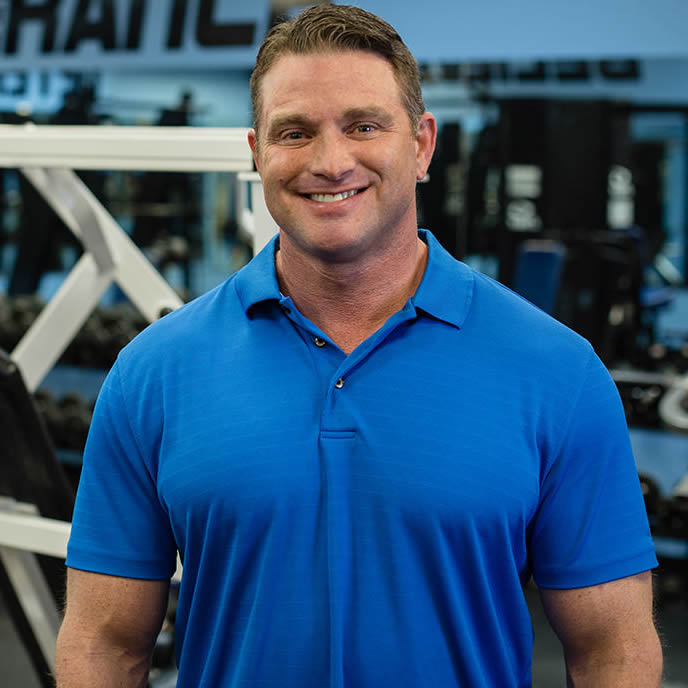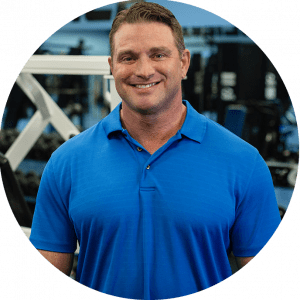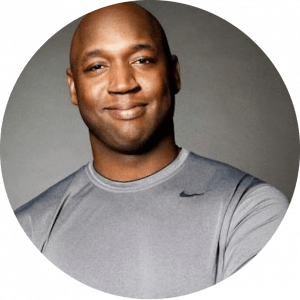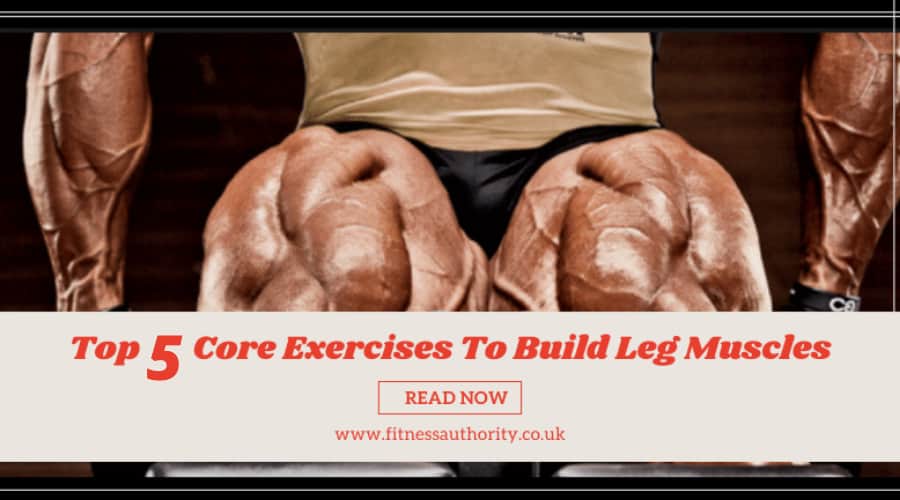
Quick Jump To List
People talk about “being on their feet all day”, but your feet are attached to your legs and really they’re the part of your body which does most of the work. That’s why it’s worth putting in some effort to build up their strength. With that in mind, here is a guide as to how to make the most of “leg day” at the gym.
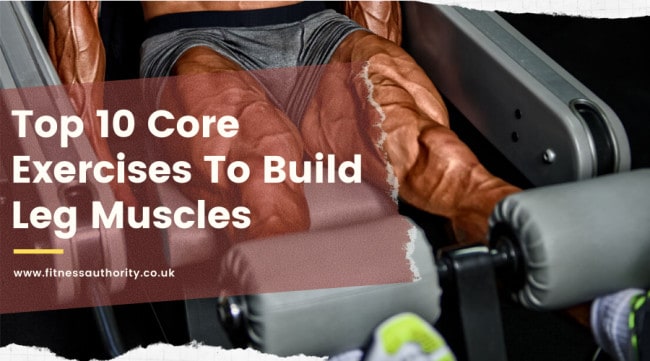
Warm Up Exercises
The general idea behind warm ups is to do a little light cardio and then specific stretches for the muscles you intend to work properly later. There’s lots of options for cardio, running on the spot is always popular as is skipping. For stretches, we’d recommend four or five of the following options.
Jumping Jacks aka star jumps (25)
This follows on with the cardio, but also starts getting your leg muscles working. If you’ve never heard of them, basically you jump, stretch your arms and legs out as far as you can, like you were trying to make a star shape and then close your arms and legs as you come down.
Lateral band walks (25 per side)
Grab a resistance band and stand with your legs far enough apart so that the band is just taut. Walk sideways so that the band is stretched and then returns to the taut position.
Zombie walks (25 per side)
Same starting position only this time you’re going to be stepping diagonally forwards rather than sideways. You’ll have to go on the diagonal or else the band will fall off.
Hip circle to back lunge (10 each side)
Basically exactly what the name says. Circle your leg front to back, so your hips rotate, and as your leg reaches the end of the arc, move into a lunge with it behind you.
Broad jump to backwards jog with high knees (6 to 8)
Again, pretty much self explanatory, keeping your legs wide (about shoulder-width apart), jump forwards as far as you safely can and then jog backwards, raising your knees as high as you can.
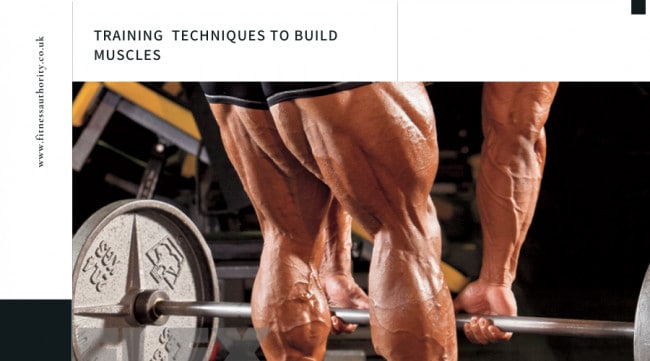
Leg Day at The GYM or The Top 10 Core Exercises to Build Leg Muscles
If you really want to get your legs looking good then leg extensions and curls just aren’t going to cut it as part of your main workout. Single-joint movements just don’t do enough to make a meaningful difference on any part of your body, especially not your legs which are full of large muscle groups. These include the glutes (three muscles), the quads (four muscles), the hamstrings (three muscles), and the calves (two muscles). That’s plus the various stabilizer muscles involved in each movement.
This means that unless you literally have all day to spend in the gym, you’re going to have to focus your main workout on exercises which work multiple muscles at once. Here’s our pick of them.
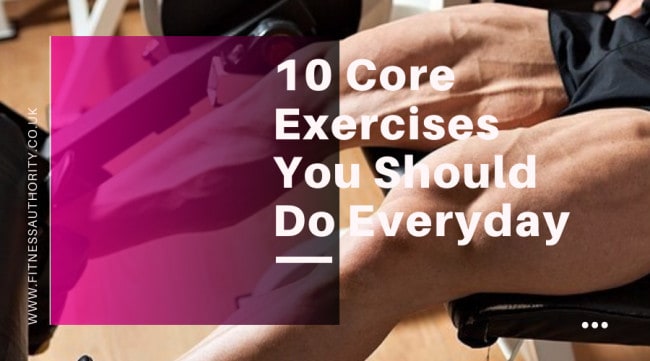
Squats
There are three ways you can do squats. The plain vanilla way is just to stand against a wall and bend your knees as far as you comfortably can without your knees locking and without going down into a full crouch. Then stand up again slowly. If you’re a beginner and you want to up the ante without going all the way, you can try goblet squats, which are basically regular squats but holding a kettlebell.
The high-bar squat is a favourite with bodybuilders as the fact that the weights stay on the traps (as in the muscles) means that the leg muscles get a fairly even workout. With the low-bar squat, more of the weight goes onto the glutes and hamstrings.
There are two reasons why squats are mentioned at the top of our list. First of all, they are simply the top leg movement and secondly the reason they’re the top leg movement is because they stress a lot of muscles, which means you want to do them early in your work-out before fatigue sets in.
Start with some light weights and build up to your target weight. Focus on good form, bending your knees without locking them and keeping your spine straight and neutral. If you feel your spine starting to round before your hips have reached 90 degrees, then come out of the squat immediately. You’re aiming to be able to do 12 reps comfortably and when you reach this, then you can increase the weight next training session.
Front squats
Moving the bar from the back to the front really emphasizes the quads. The basic movement is the same and you’ll generally want to do front squats instead of regular squats and again do them early in your work-out before fatigue sets in. Another option would be to do half regular squats and half front squats.
Bulgarian split squats
This is a classic split squat with a twist, your rear leg is elevated. As a result, your balance is tested (and developed) and, of course, your front leg has to do more of the work and your quads will notice. You are going to have to go easy on the weights with this one, so it’s best placed towards the middle of your workout and aim for close to muscle failure on each set.
Hack squats
These are basically machine-assisted squats and as such should typically come between the free weights and the single-joint movements. The reason why hack squats are good news for your leg muscles is because you can place your foot, exactly, where you want, which opens up all kinds of interesting options. One option you want to avoid is reversing the squat so you are facing the machine. This takes away the protection of the sledge and exposes your spine to injury and if there is one part of your body you do not want to injure, it’s your spine.
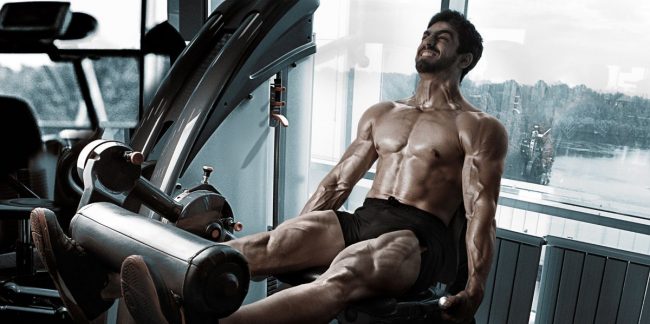
Leg press
No these do not replace squats (sorry), but they do allow you to use a variety of foot positions to target muscles with great precision. As with squats, keep your spine straight. For practical purposes, this means that you need to make sure that your glutes stay on the sledge.
Snatch and power clean
You may want to start with just one of these lifts and work on getting it totally right before you start learning the other. If at all possible, have someone teach these lifts to you and have them spot you until you are 100% confident. This may take some time as both of these lifts are extremely demanding.
Once you can do at least one of these, you’ll be able to engage significant quantities of muscle mass and may be able to increase the rate at which testosterone is released (at least at higher intensities). Keep your reps small, as in 2-3 max and stop short of muscle failure.
Romanian deadlift and Sumo deadlift
We know this one’s going to raise a few eyebrows so let us explain. Even though deadlifts are mainly done for back training, they do engage a lot of leg muscles, namely the hams, glutes and quads (especially the Romanian and sumo deadlifts, which was why we picked them). So, the basic idea is to do a “light” version of one or both of these, i.e. one with lower weights and moderate reps. As with the Olympic lifts, this is about muscle mass and hormonal release.
Like the Olympic lifts, technique is everything, especially with the Romanian deadlift, so get someone to teach you these moves properly before you try them by yourself.
Dumbbell lunge
You can do this one with a barbell, but we think dumbbells offer more flexibility. We also think that you’re less likely to knock something over if you do the walking version of this move. It’s best if your muscles are pre-fatigued so generally this move is one for the middle of your workout.
In spite of the name, this is more of a drop than a lunge, you want both knees to be at right angles (or very close) with your front knee over your foot which should be flat on the ground. You can do this move on the spot or walking forwards or backwards. Keep the load moderate and when you feel yourself reaching muscle failure, ditch the weights and just do a few lunges on their own.
Exercises for Each Muscle Group
All the leg exercises mentioned so far will work multiple groups of muscles, but if there’s a specific group of muscles you want to target, here are our top picks for the main ones.
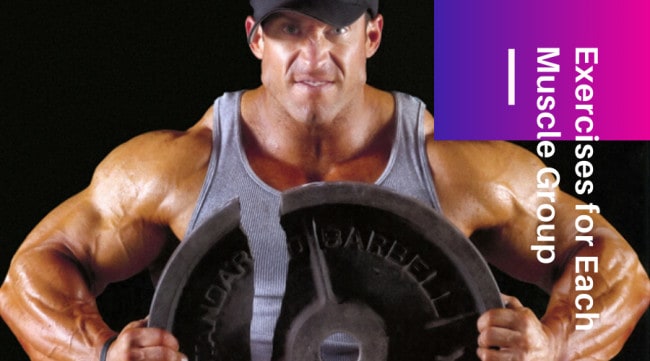
Quad muscle exercises
There are a couple of ways you can approach quad muscle exercises. Option 1 is to take the conventional approach and start with the multi-muscle exercises and then move on to the single-joint exercises.
Option 2 is to start with an isolation movement, such as a leg extension to pre-fatigue your quads and then do the multi-muscle exercises. This second approach won’t improve your overall performance as much, but it will build muscle mass very quickly. This may be what you need if your goal is to build up your quads to protect your knees.
With all that said, here are our top quad muscle exercises
The 1.5 Bulgarian split
Basically this is the standard Bulgarian split except for one rep, you go all the way down, come half way up, go all the way down again and then come all the way up.
The single leg squat
This is a twist on the plain-vanilla squat from the first section. The twist is that you do it on one leg and lower yourself onto a seat, extending your arms as you do so. Then, as you stand up, still on one leg, you lower your arms. The first time you do this, you will probably quickly discover that you have a preference for one leg in the same way as you have a preference for one hand. Keep trying, it’ll do wonders for your balance - eventually.
Front squat and box squat jump
The basic version of this is exactly what is says, a number of front squats immediately followed by an equal number of box squat jumps. There are, however, two ways you can increase the difficulty (and effectiveness) of the front squats. The first way is to pause at the bottom of the squat, basically make your quads hold that weight for longer. The second way is to add a weight, usually a kettlebell or double kettlebell.
You want to perform the box squat jumps immediately after the front squats if you possibly can. The basic idea is to confuse your muscles and hence make them work harder.
Leg presses
As described above, you’re aiming for 2-3 seconds down and the same up.
Alternating forward lunges
As described above and ideally with the dumbbell.
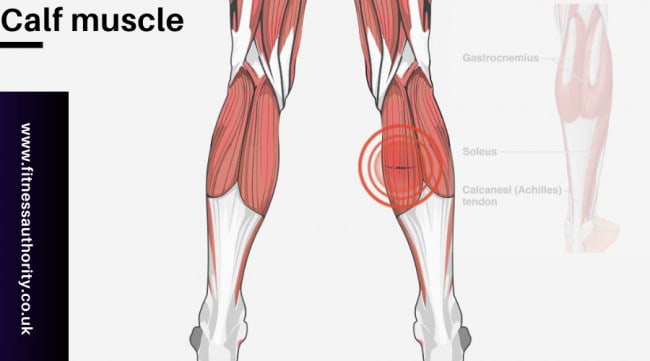
Calf muscle exercises
Runners know a thing or two about keeping their calves strong. Here are some of the exercises they use.
Plyometric lunges
These are basically like extreme running steps, so basically you drop into a regular lunge and then jump out of it into a lunge on the opposite leg. You’ll probably need your arms for balance and momentum, that’s fine.
Straight-leg calf raise
Stand on a step and lift up one foot, you can rest it on the back of your leg if you like. Keeping your supporting leg straight, move up onto your tiptoe (or as far as you feel you safely can) and then back again. To make this exercise more difficult, hold a dumbbell in each hand. You may have to wait a while before you can do this comfortably, however, as this exercise does both test and develop your balance, in fact you may want something to hold onto (or grab) when you first start to try it out.
Bent-knee calf raise
As above but with your knee bent.
Slow heel drop
Stand with your toes on a step, but not your heels. Raise yourself onto your tiptoes and slowly lower yourself back to the level of the step. You’re aiming to reach the step on the count of 10.
Weighted tiptoes
Stand on your toes with a dumbbell in each hand. Walk for a minute. If you can do this comfortably, increase the weight until you feel like you are pushing yourself.

Exercises for thighs (back of thighs)
There are so many great exercises for thighs out there that we could literally write a book on them, even if we just focussed on the backs of the thighs. We picked five of our favourites.
Plyometric squats
Do a regular squat, then jump up and squat down again. The key to this exercise is to land as softly as you can. This is about working your muscles, not giving your joints a hard time.
Dumbbell squats
Exactly what the name suggests, regular squats with a dumbbell in each hand.
Pliés
This is basically just a twist on a squat and as you might have guessed from the name, it’s also a ballet move. The difference between a plié and a regular squat is that you start with your feet slightly more than shoulder-width apart and your toes point out. Otherwise, it’s the same idea, remember to keep your back straight and your bum tucked in.
Running on the spot with high knees
Essentially this is regular running on the spot, but every third step you raise your knee as high as you can.
Alternating forward lunges
As described above and ideally with the dumbbell. They’re great for the thighs as well as the quads.
Final thoughts
It can be tempting to go lightly on leg training, partly because people often prefer to focus on the upper body and arms and partly because people are afraid of injuries which will limit what they can do. While these are both understandable, it’s a bit pointless having a great upper body and weak legs and weak legs are also an injury risk. You don’t have to go overboard on the leg work, but do take it as seriously as you take your upper-body workout.
Jeff is a medium-sized private gym owner that has itself over 100 members and is our equipment reviewer. If it builds muscle, gets you fit or pretends to be healthy, Jeff knows all about it. Worked with Fitness Superstore as a buyer for 10 years. Seriously BIG guy with a heart to match. Always laughing and looking for a windup. Literally always eating

